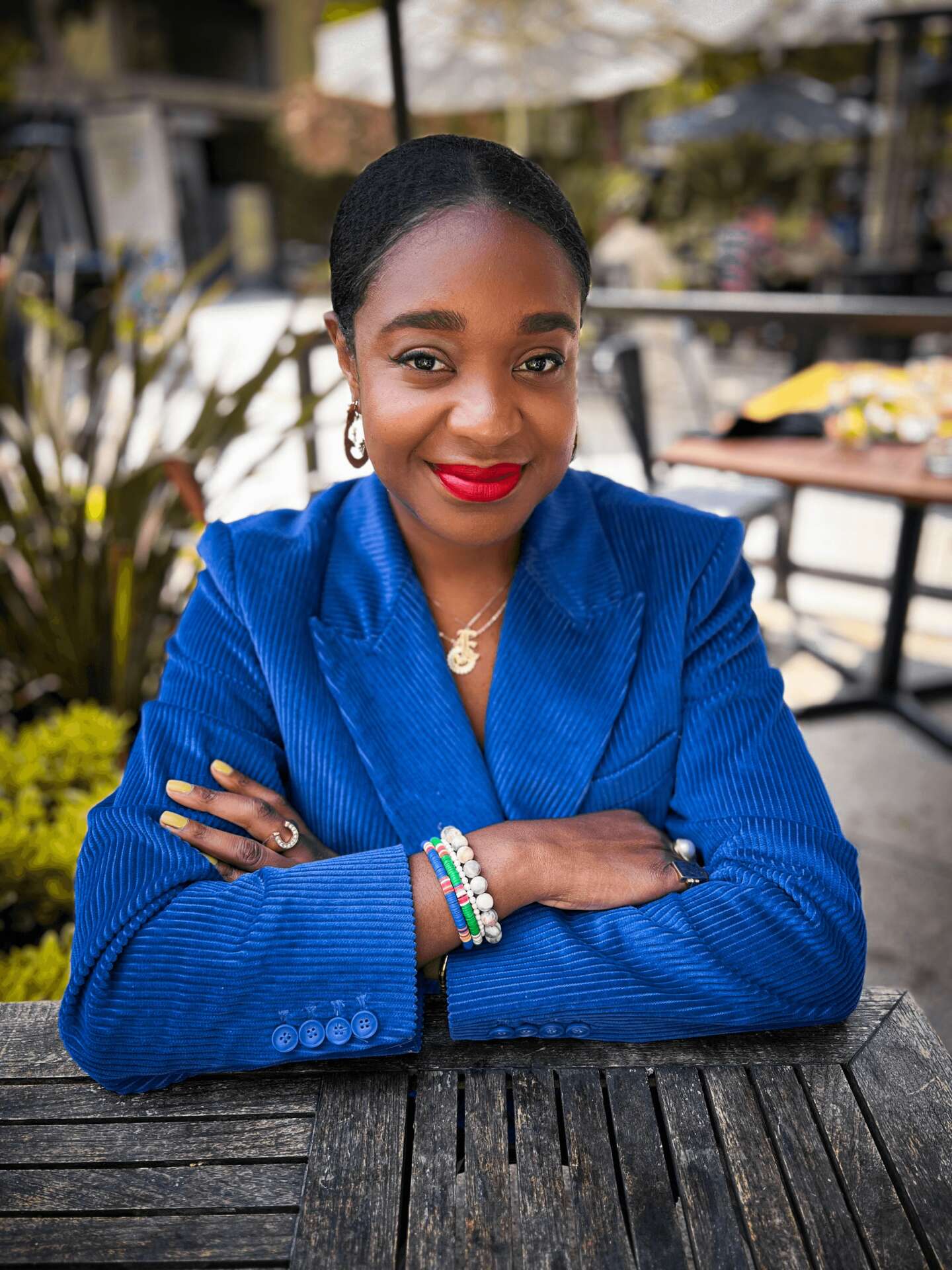We were lucky to catch up with Erica Sewell recently and have shared our conversation below.
Alright, Erica thanks for taking the time to share your stories and insights with us today. To kick things off, we’d love to hear about things you or your brand do that diverge from the industry standard
As a talent consultant, I try to align myself with partners and clients who are equally invested in advocating for creatives from less represented backgrounds. I’ve worked for major corporations like Netflix, and have always rooted for the underdog who isn’t the obvious candidate choice. The special sauce of hiring creatives is authenticity. A candidate who feels safe to be their authentic self, is always going to perform better in the interview process. This is what I do differently than the industry standard; ensure that everyone is set up to feel safe and seen. My preference is to partner with organizations who get that, and have enough representation within their hiring ranks to provide a pleasant candidate experience that allows for the candidate that I’ve found to really shine. Alignment is the name of the game, and the industry standard for recruiting creatives is pretty lazy; everyone just hires who they know, which breeds more of the same. If a company wants to expand their reach, they also have to expand their employee base to be filled with a variety of folks who come from an array of experiences. CreativeTypes thrives on helping folks understand that when they widen the aperture on diverse talent, they widen their market value.

Great, appreciate you sharing that with us. Before we ask you to share more of your insights, can you take a moment to introduce yourself and how you got to where you are today to our readers.
I always say that my background is far from linear, and I’m on my 10th career. I started as a fashion designer for Ralph Lauren, Armani Exchange, Calvin Klein, Kenneth Cole, and consulting for the first luxury sustainable brand back in the day, Loyale Clothing. My last official designer role was as Head Designer for Isaac Mizrahi for Target; which was the first “high meets low” diffusion line, so I was the guinea pig designer behind all of the Target designer collabs that are now common.
After a decade as a designer in NYC, I had a moment where I realized that moving a pocket on a best seller wasn’t worth the long hours, and frankly I cared more about people than products. So I had a quarter life crisis and quit the industry. During this time, I taught art class at a school in the Bronx, and ended up being the first studio manager for artist, Mickalene Thomas before landing a role leading career services at Parsons The New School for Design. Parsons is where my love for advancing creatives in their careers was crystallized. I advised traditional students across all creative disciplines (including artist Nina Chanel Abney and “Cushnie et Ochs” designer, Carly Cushnie), on portfolios, internship, and job searches. I also advised adult career changing students who had done the “responsible thing” and pursued careers in medicine or finance before following their dreams to be a professional creative. Companies from Microsoft to Abercrombie would work with me on strategies for attracting the top students, which was my first taste of recruiting.
After receiving my masters at Parsons, I moved to Cape Town, South Africa to run programs for the fashion council there, including helping to launch Mercedes Benz Fashion Week on the continent for the first time. I returned from my break from being the Assistant Department Chair at The Art Institute and consulted for the career services office at FIT. This is when the staffing agency, Adecco hired me to consult with recruiting for their creative clients in the industry and I became the recruiter for Ann Taylor/LOFT. I continued as an adjunct professor at Art Institute while recruiting at Ann, then moved to the bay area to be the creative recruiter for Williams-Sonoma Inc. (West Elm, Pottery Barn, etc.)
I landed in the bay at a time when silicone valley started seeking more diverse recruiters, and got poached to lead creative recruiting at CBS Interactive for all of the digital brands across sports, gaming, music, food, and of course entertainment, which is what got me a role at Netflix leading creative recruiting. After 5 years helping to quadruple the company size at Netflix, I relaunched CreativeTypes along with my co-founder, Carmia Marshall.
CreativeTypes is really an extension of all the things I care most about: advocating for less represented folks, creatives getting career opportunities, and community. We started as a publishing deal for a book about all of the careers you can have in creative industries, but our publisher dropped our title after they merged with one of the biggest global publishers that had a similar title already in the works. Carmia’s book agent encouraged us to continue with the concept, and we originally launched as more of a mentor matching org focused on pairing creatives of color with more established folks in their desired field giving them resources like portfolio reviews, contacts, feedback on business plans, etc.
The newest relaunch of CreativeTypes provides talent consulting such as recruiting, organizational strategy, etc. to companies, and career advising to individuals who need coaching on how to get hired or navigate their industry or become a better leader. We are most looking forward to launching our platform for less represented creatives, which will be a subscription-based resource hub, talent database, and community of trusted folks who can provide guidance and help each other navigate these exclusive and difficult industries such as entertainment, music, fashion, etc.
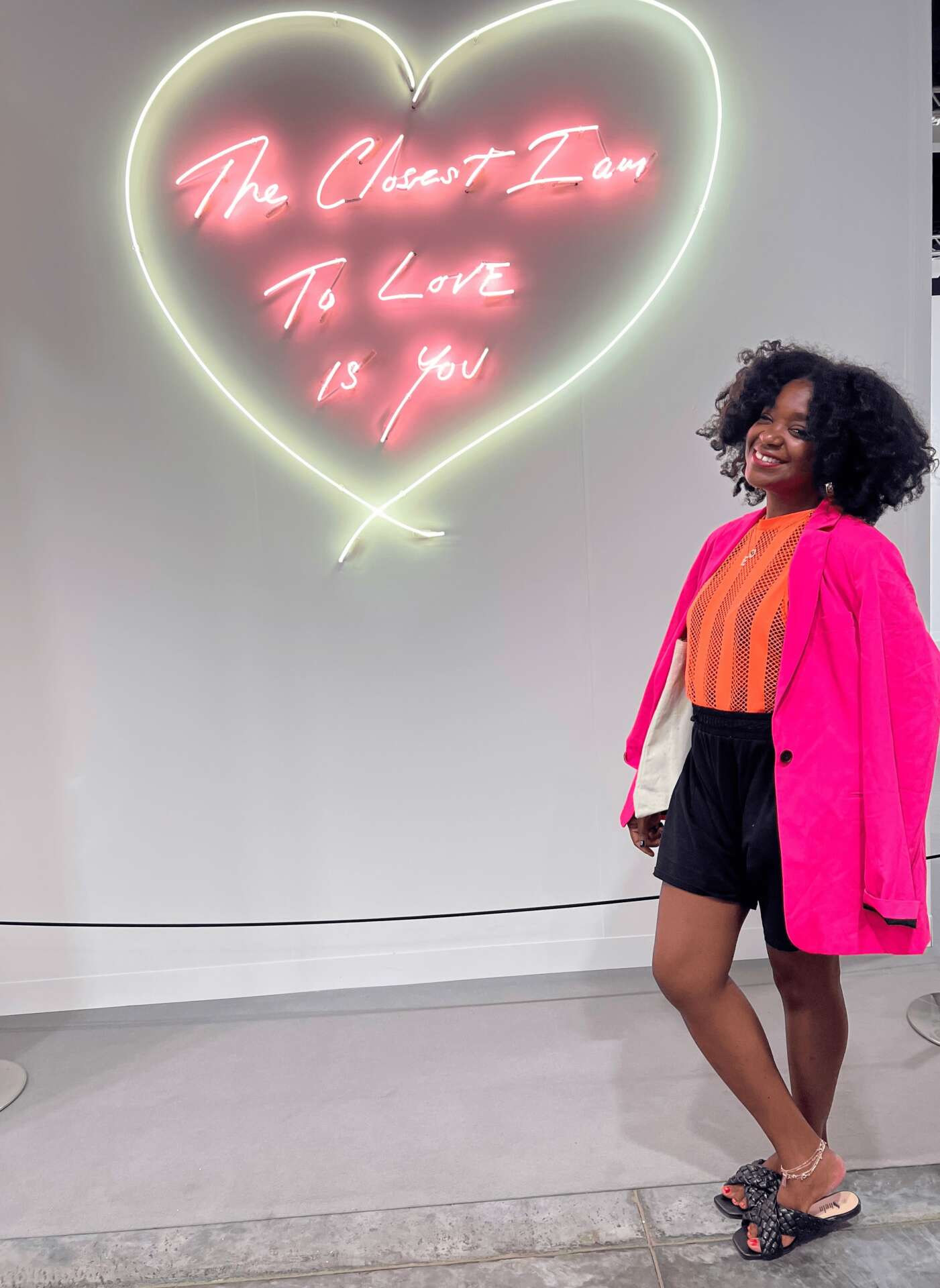
What do you think helped you build your reputation within your market?
In terms of the my reputation as someone who helps folks get hired, I would say that this officially started at Parsons where it was my literal job. I transitioned from being a fashion designer to being someone who was helping aspiring/alumni creatives present themselves in a tough market (especially around and after the market crash of 2008). Leading career services at this time helped me to hone in on my approach to advising folks who were feeling hopeless about their choice to be a creative, when the market was tough even for traditional jobs.
I learned how to listen better and show compassion and optimism because if someone has talent, I really and truly believe that they just need the encouragement to follow their dreams and there is always a way to be compensated with talent and focus. As the first artist/creative to choose a non-traditional career in my family, and especially as a black woman, I thought it was lofty to pursue fashion until I ended up making six figures as a designer before my peers made that much as lawyers. So my personal path gave me hope to spread to others.
The same is true for when I was at Netflix. I’ve been told that I have a reputation as being some sort of underrepresented talent whisperer in the industry. I was super committed to diversifying the executive ranks there because I saw how important it was for the content to be selected and developed with authenticity, which requires a range of backgrounds. The difference in a creative exec’s background could be the difference in whether we see diverse stories represented on the platform or not, so I made it my mission to find voices from every culture, sexual orientation, etc.
Those principles are rooted in the ethos of CreativeTypes today, and my representation as someone who seeks and knows the most talented creatives from the less represented groups, still holds true.
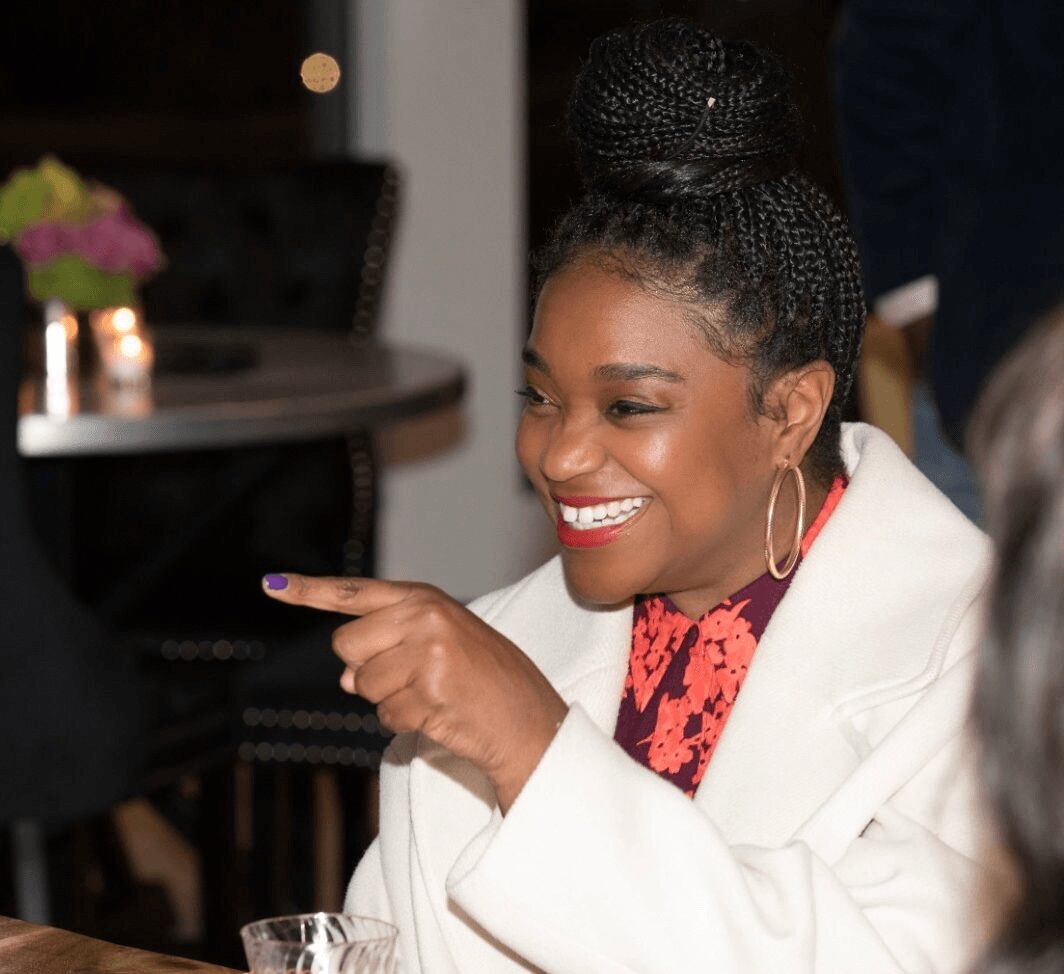
Learning and unlearning are both critical parts of growth – can you share a story of a time when you had to unlearn a lesson?
One of the biggest lessons that I’ve had to unlearn is a more recent one. In this economy and in these times, the concept of stability being tied to having a full-time, in-house job is simply false. Some of the most talented and experienced people have found themselves impacted by downsizing, cuts, and layoffs from roles at very esteemed companies that they thought were stable. A ton of seasoned creatives who are unemployed are only seeking to return to a role as an employee vs. on their own.
As someone who has worked for someone else for over 25 years and has avoided being solely an entrepreneur (because I like nice things and good insurance), I had to realize that you are just as stable offering your services to a company as your own boss, as you are as an employee to that company. The concept of a stable job is a thing of the past, especially for more seasoned folks who will be the most expensive, and sometimes the first to be cut.
So many of my clients are having to adjust to being consultants as a concept, but once they make it over the psychological hump of stability only looking one way, they’ve ended up thriving!
Contact Info:
- Website: https://www.creativetypes.org/
- Instagram: https://www.instagram.com/creative_types/
- Facebook: https://www.facebook.com/CreativeTypesOrg/
- Linkedin: https://www.linkedin.com/in/ericasewell1/
- Twitter: https://x.com/CreativeTypes_
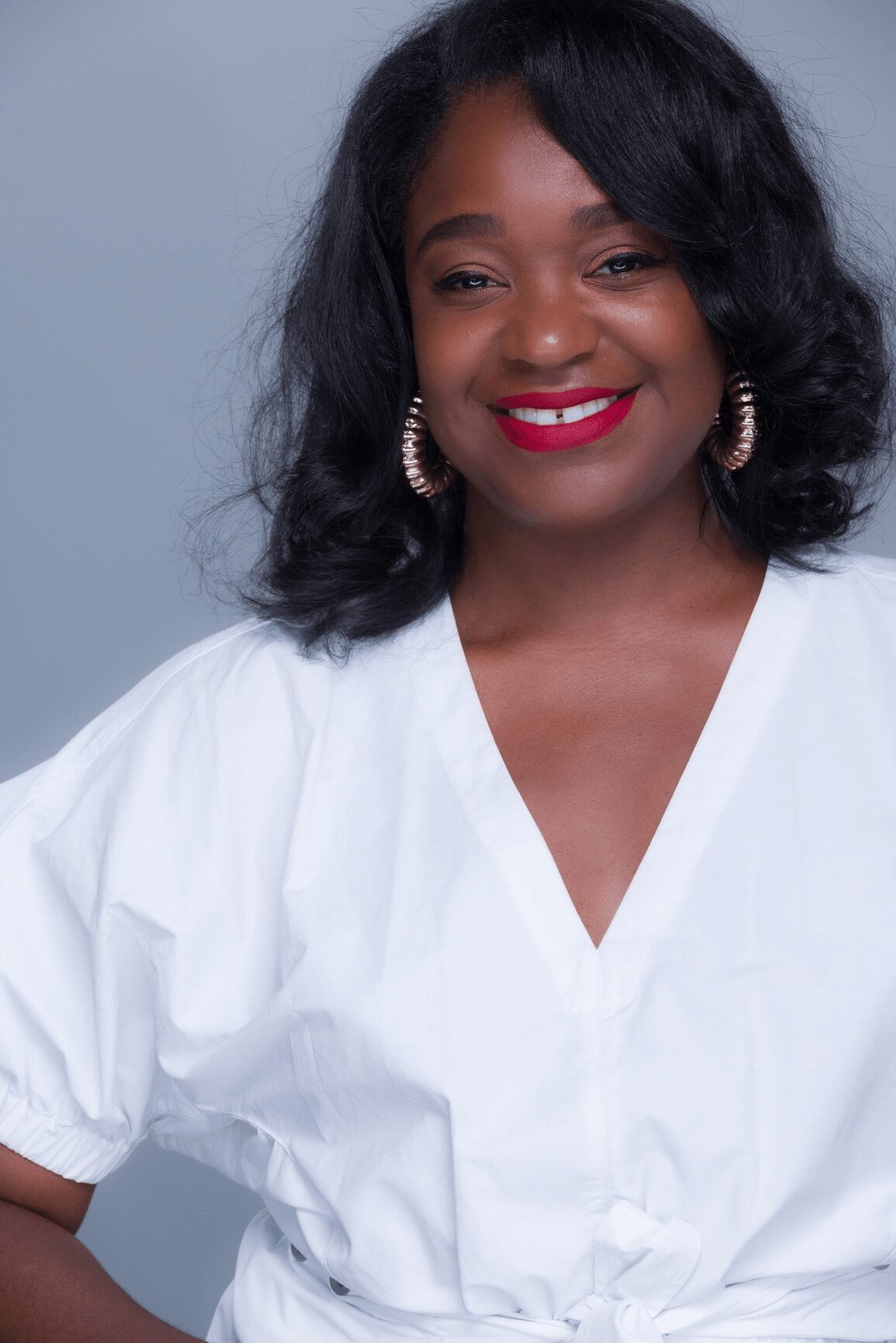


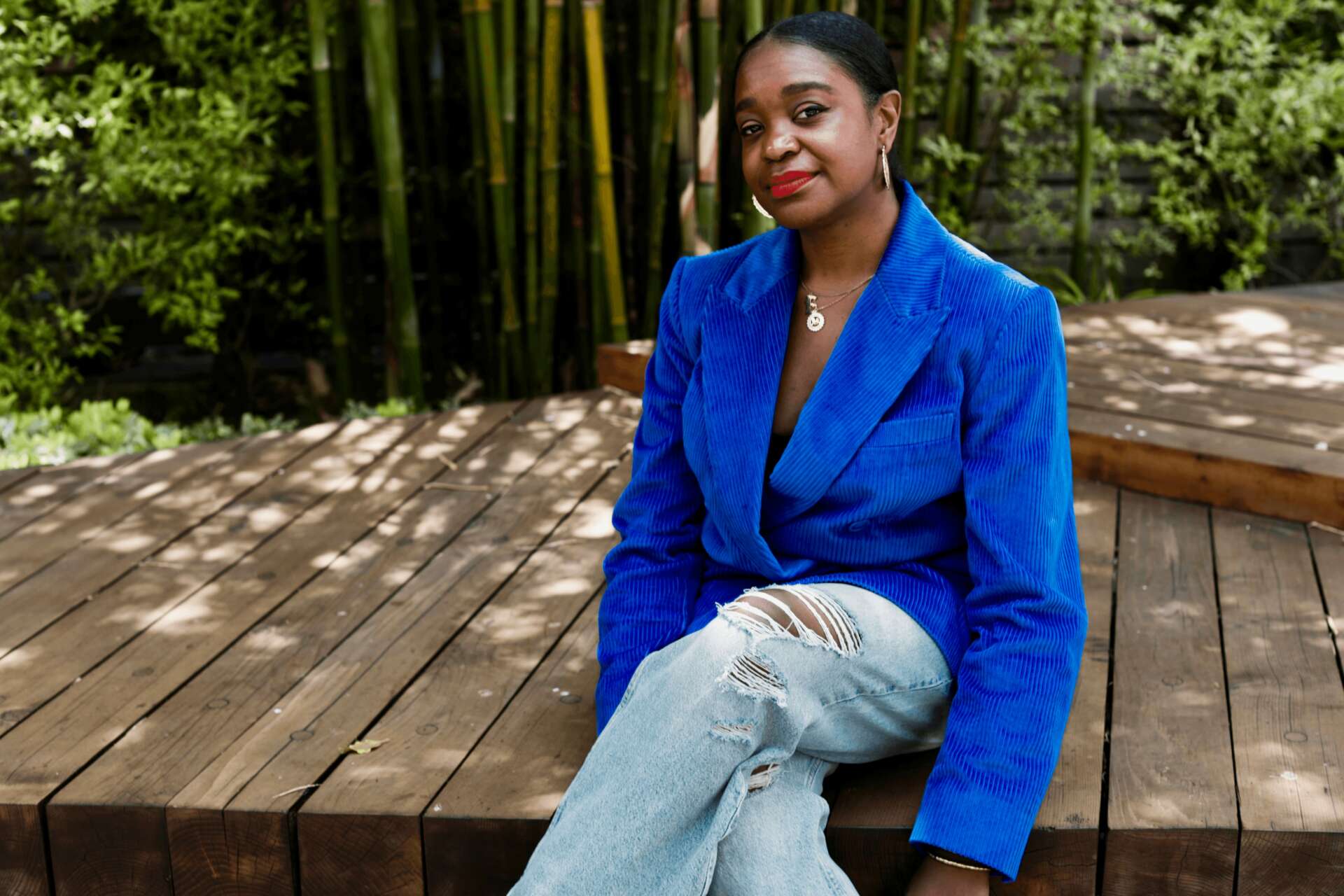
Image Credits
Image credits: Hossien Kaviani


